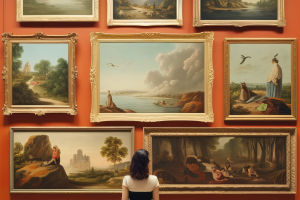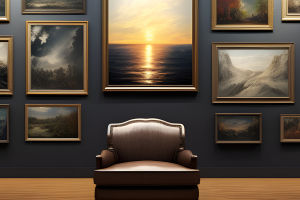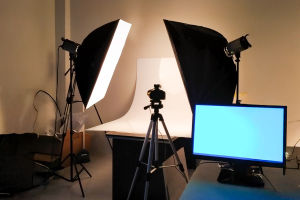As we explore the exciting world of digital painting, we realize how it has changed the way artists approach their creative processes. The transition from traditional to digital mediums has been both a challenge and an opportunity, opening up new possibilities for visual storytelling.
For many, the switch was driven by a desire to explore more efficient ways of working while maintaining the integrity of artistic expression. But how did this shift happen, and what has it meant for the evolution of art itself?
The Traditional Foundations of Painting
In the world of traditional art, we've long been familiar with tools like brushes, canvas, and paints. These are the materials that shaped some of the most iconic artworks in history. Artists spent years honing their skills with physical media, where texture, color blending, and brushstroke techniques were essential to their craft. The tactile relationship between the artist and their materials created a deeply personal, hands-on experience that is often difficult to replicate in the digital realm.
Yet, the limitations of traditional media — from the costs of materials to the time-consuming nature of working with physical canvases — led to a desire for more flexibility. Artists started experimenting with other forms of art that could provide quicker, more efficient ways of achieving their vision.
The Rise of Digital Tools
The introduction of digital tools in the early stages of the 21st century transformed the way artists created. With programs like Photoshop or Corel Painter, artists could replicate the effects of traditional art without the mess and material costs. Digital brushes, color palettes, and layers allowed for rapid experimentation and revisions, offering an unprecedented degree of control.
For us as creators, digital art not only provides an infinite canvas but also gives us the ability to undo mistakes instantly. Digital mediums allow us to create detailed, intricate designs without worrying about the physical constraints that came with traditional media. The ability to zoom in for precision, or change color palettes with a single click, brings a new layer of flexibility to artistic creation.
The Blend of Tradition and Technology
Interestingly, digital artists often blend the best of both worlds. Many incorporate traditional techniques such as sketching, shading, and even hand-painting elements, combining them with the power of digital manipulation. This fusion of the old and new allows artists to maintain the emotional depth and texture found in traditional art, while also benefiting from the advantages of the digital process.
Digital painting isn't merely about replacing brushes with a stylus; it's about expanding what art can do. By using digital platforms, artists can also create moving art, work in 3D, or design interactive pieces that wouldn't have been possible before. The ability to make adjustments, layer effects, and test variations all contribute to creating artwork that feels fresh and innovative.
Challenges in the Digital Era
While digital painting has made art creation more accessible, it doesn't come without its challenges. One significant issue is the loss of some of the tactile elements of traditional art. The feeling of holding a brush or mixing paints by hand is something that can't always be translated into the digital process. Furthermore, digital tools can sometimes feel disconnected or less “organic” than using traditional mediums.
Another challenge is the steep learning curve that comes with mastering digital painting software. While traditional artists may have a strong background in traditional techniques, adapting to the technical aspects of digital platforms can be a struggle at first. However, with practice and patience, artists can overcome these challenges and use digital tools to their full potential.
The Future of Digital Painting
As we look toward the future, the world of digital painting continues to evolve rapidly. With advancements in virtual reality (VR), augmented reality (AR), and artificial intelligence (AI), the boundaries of what's possible in digital art are constantly being pushed. Artists are exploring new frontiers such as 3D painting, VR sculptures, and immersive environments that allow viewers to experience art in entirely new ways.
In the coming years, we might see even more integration between traditional and digital mediums, allowing artists to enhance their work with advanced technology while still preserving the essence of their craft. Digital art will continue to evolve, and as artists, we are in an exciting position to shape this future.
Conclusion: Embracing the Digital Transition
In conclusion, the transition from traditional to digital art has revolutionized how we create and interact with visual art. While digital tools offer convenience and new possibilities, they don't replace the value and emotional depth of traditional methods. Instead, they expand the creative toolbox available to artists, allowing for even greater freedom of expression.
As digital platforms continue to improve, we can look forward to more innovation in the world of art, and we, as creators, will be at the forefront of this exciting movement.


